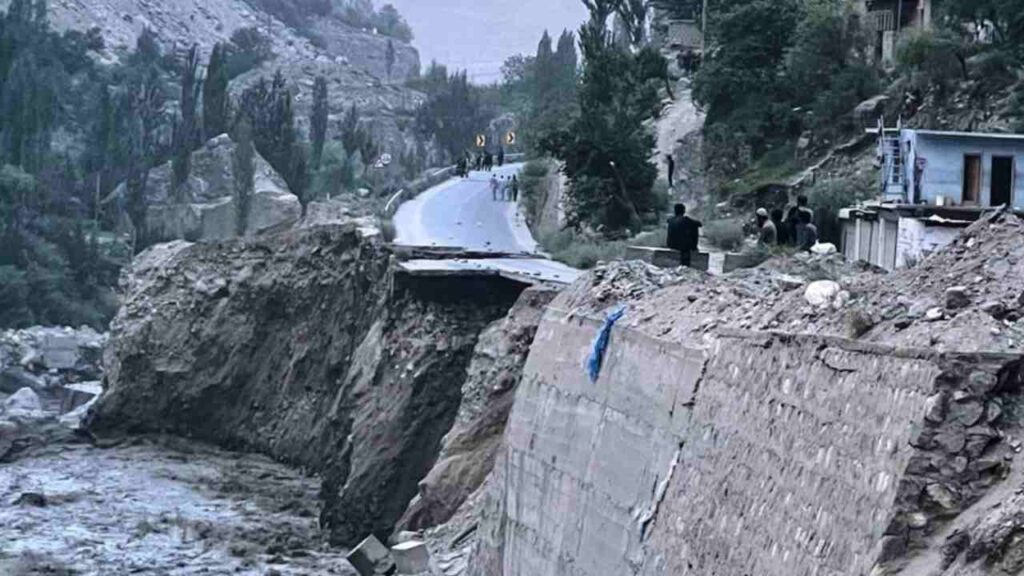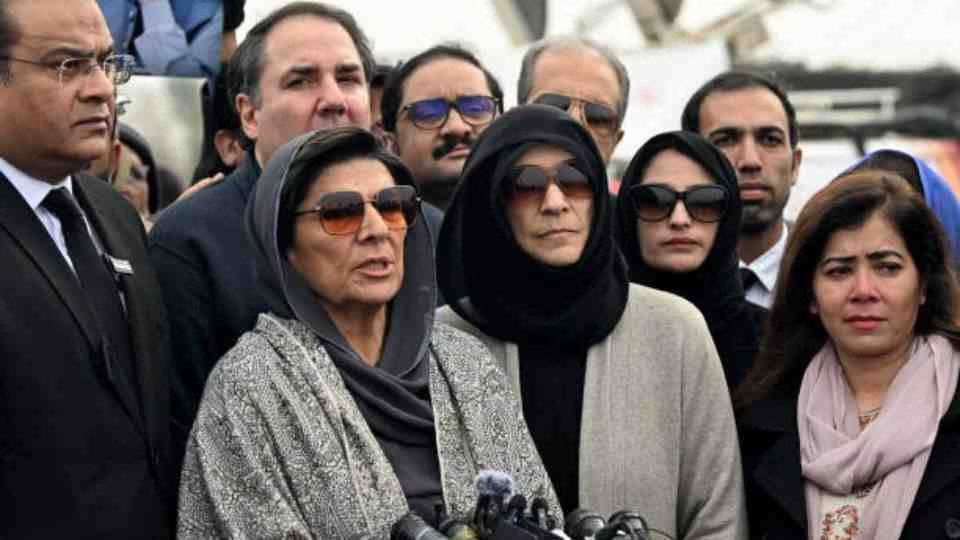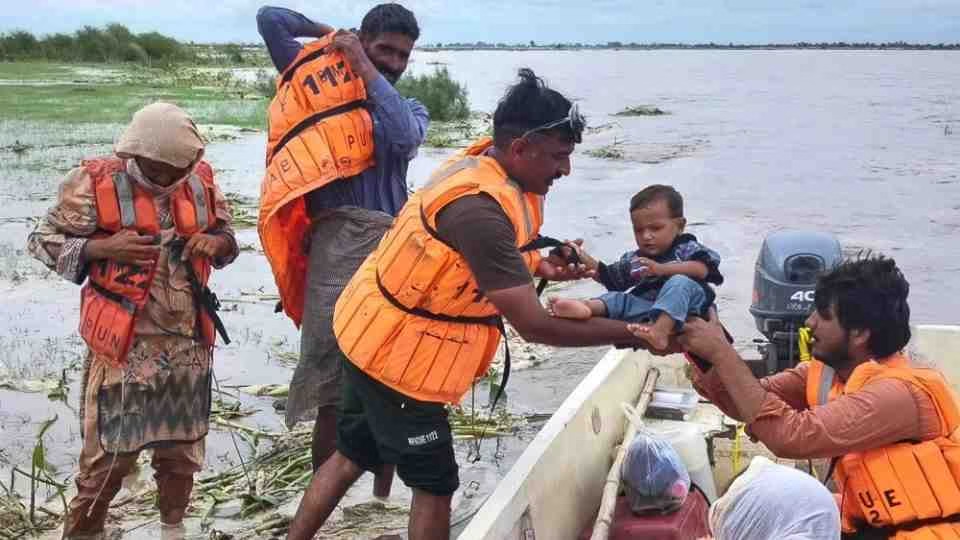ISLAMABAD — Pakistan’s northern province of Khyber Pakhtunkhwa remains in the grip of a severe flooding crisis as torrential rains continue to unleash destruction across multiple districts. The provincial death toll has now reached 365, with rescue operations ongoing and government officials promising enhanced relief efforts.
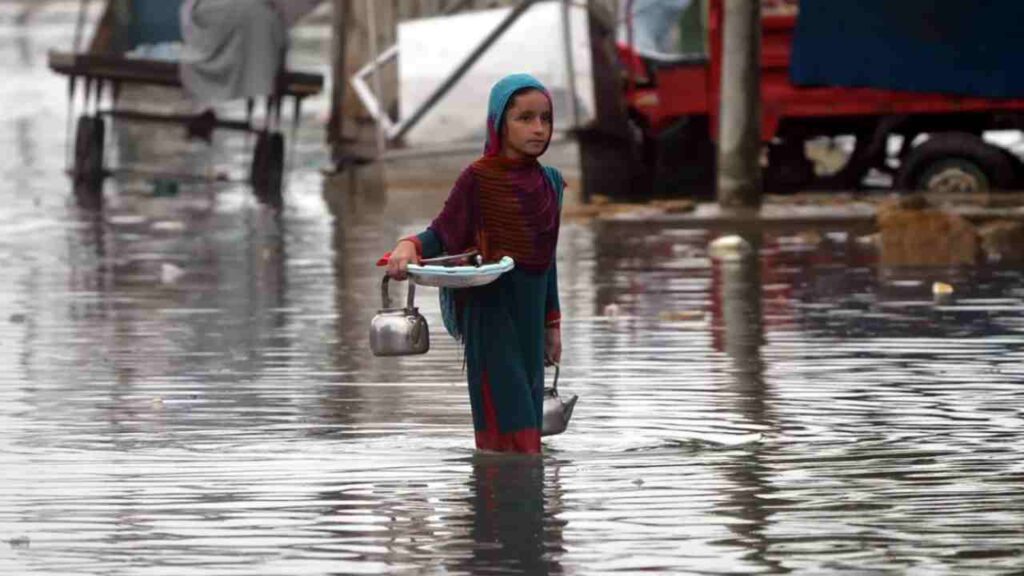
Rising Casualties and Widespread Destruction
The Provincial Disaster Management Authority (PDMA) reported that fatalities have surged dramatically since Friday, with the district of Buner bearing the heaviest losses at 225 deaths. More than 180 people have been injured across the affected regions during the past several days of relentless flooding.
In Swabi district’s Gadoon Amazi area, the human cost became starkly evident as the local death toll climbed to 24, including eight children. Recovery teams retrieved seven additional bodies on Tuesday as search operations continued for victims swept away by flash floods. The hardest-hit village of Dalori saw twelve homes completely destroyed, leaving residents in shock and unable to observe traditional mourning practices.
“No one is in a position to hold a traditional three-day mourning period, as more and more bodies are being recovered,” local residents explained, describing their community as being “in a complete state of pain and misery.”
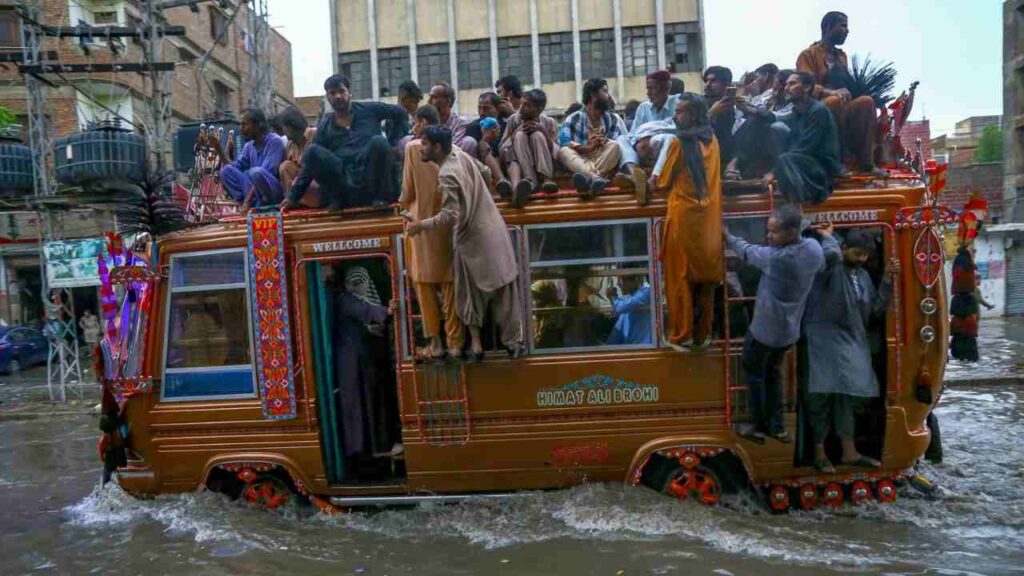
Infrastructure Collapse Isolates Communities
The flooding has wreaked havoc on critical infrastructure throughout the region. In Upper South Waziristan’s Servekai subdivision, violent torrents destroyed multiple bridges including Spalatoi, Bangashwala, and Madina Mor, completely severing road connections to remote villages. Landslides have blocked the vital Tanga road, further isolating affected communities.
Tank district faced similar devastation when hill streams swelled with floodwater originating from South Waziristan, inundating the city and forcing residents from low-lying areas to seek higher ground. The flooding submerged the Garah Baloch bridge and forced authorities to close the Tank-Waziristan highway to all traffic.
In Abbottabad, the crucial Lora Nagri Bridge suffered partial collapse, cutting off access to hundreds of villages. The bridge, which serves as a vital link between Tehsil Lora and the cities of Rawalpindi and Abbottabad, has seen its central structure begin sinking, raising fears of complete failure.
Government Response and Military Mobilization
Federal officials have characterized the crisis as a “national emergency” requiring coordinated response efforts. Information Minister Attaullah Tarar announced that rescue teams have evacuated approximately 25,000 people over the past two days, pledging a unified government approach to address the disaster.
The military has deployed significant resources to support relief operations, with the Inter-Services Public Relations (ISPR) confirming that nine units of military and paramilitary forces are actively engaged in rescue and relief efforts across Khyber Pakhtunkhwa and Gilgit-Baltistan.
However, local officials have highlighted equipment shortages hampering rescue efforts. Provincial Transport Minister Rangaiz Khan noted that district authorities lack proper excavation equipment, forcing them to rely on privately contracted machinery for recovery operations.
Ongoing Threats and Monitoring
District authorities continue to monitor flood conditions closely, particularly in Tank where officials stationed at the Garah Baloch bridge fear that continued rainfall could worsen flooding and pose greater risks to both urban and rural settlements throughout the region.
As Pakistan grapples with this natural disaster, the full extent of the damage continues to unfold, with communities across Khyber Pakhtunkhwa facing an uncertain recovery ahead.

